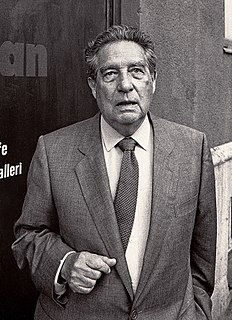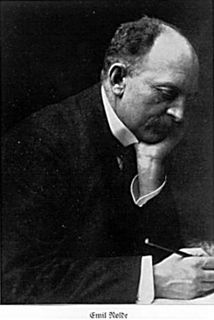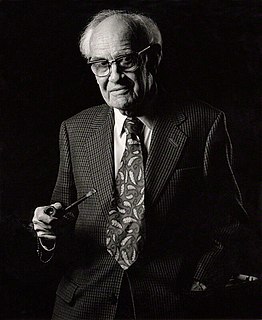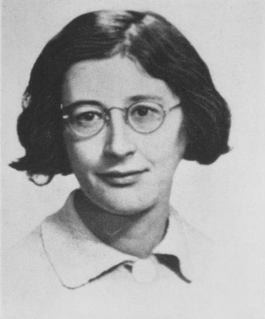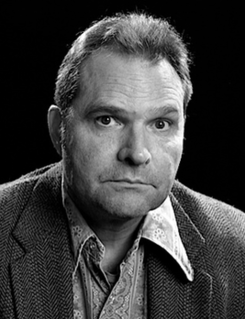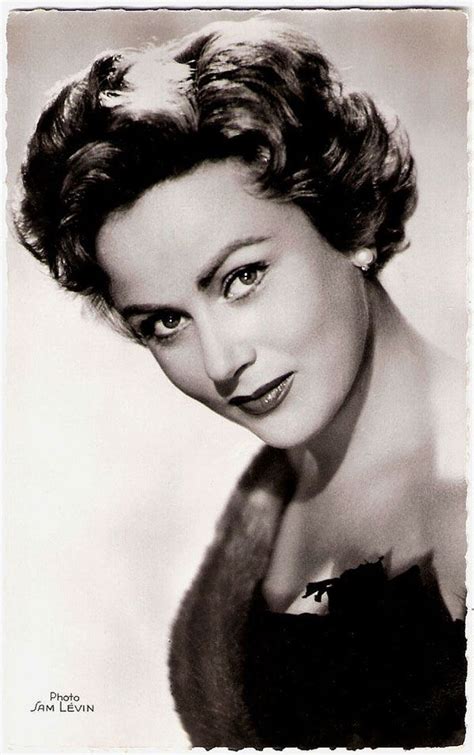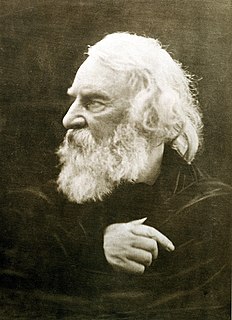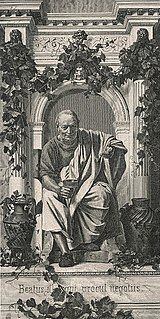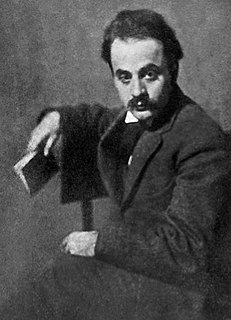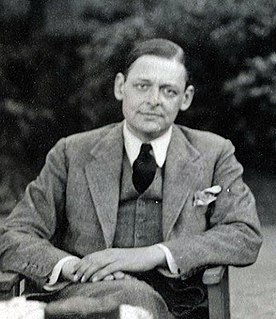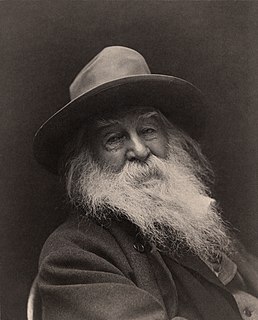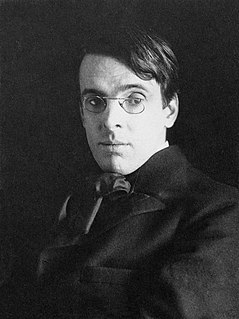A Quote by Octavio Paz
Art is what remains of religion: the dance above the yawning abyss.
Related Quotes
When science, art, literature, and philosophy are simply the manifestation of personality, they are on a level where glorious and dazzling achievements are possible, which can make a man's name live for thousands of years. But above this level, far above, separated by an abyss, is the level where the highest things are achieved. These things are essentially anonymous.
If I hear dance music, my body starts to move. Whatever the dance music is, I can't help it. With all that, I still felt, well, rock is a little higher art, but it wasn't. Right now, because I have so much experience with dance charts, I started to realize that it's incredible art. This is going to be known one day as high art.
Warhol and other Pop artists had brought the art religion of art for art's sake to an end. If art was only business, then rock expressed that transcendental, religious yearning for communal, nonmarket esthetic feeling that official art denied. For a time during the seventies, rock culture became the religion of the avant-garde art world.
Art is not a substitute religion: it is a religion (in the true sense of the word: 'binding back', 'binding' to the unknowable, transcending reason, transcendent being). But the church is no longer adequate as a means of affording experience of the transcendental, and of making religion real - and so art has been transformed from a means into the sole provider of religion: which means religion itself.
Religion in the West has a very wrong connotation. It has almost reached to a point where the very word 'religion' creates a repulsion, where the very word 'religion' reminds one of dead churches and dead priests. It reminds one of serious looking people, long faces. It has lost the capacity to dance, to sing, to celebrate. And when a religion has lost the capacity to dance, to celebrate, to sing, to love, just to be, then it is no more religion - it is a corpse, it is theology. Theology is dead religion.
I am NOT a belly dancer. I have never been one, and never will be. What I do is not what Hollywood vulgarly calls 'belly dance', but it's art. I have traveled the world to prove that my dance is not a dance of the belly but a refined, artistic dance full of tradition, of dreaming and beauty. Oriental dance is primarily an expressive dance; in that resides the beauty.
